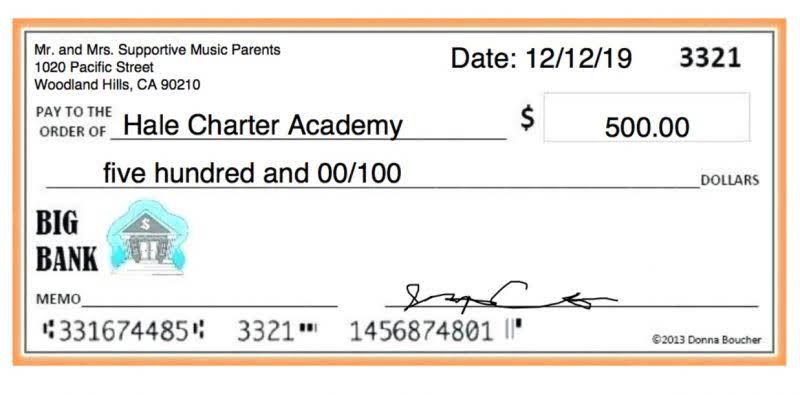
That option has passed to other coffee shops, such as Lighthouse Roasters, an independent and locally owned coffee roaster. With a single address in Seattle, Lighthouse Roasters is considered an SME. Another asteroid, called 2022 NX1, briefly fell into Earth’s orbit in 2022. Astronomers declared it to be a mini-moon, or a “short-term natural satellite,” and determined that it would return again in 2051. In fact, according to Dan Bartlett, an astrophotographer in California, asteroid 2024 PT5 is so faint that it’s “well beyond the limits of most of the best amateur telescopes.”
- The company now separates customers into “strategic” and “transactional” groups and makes sure the former gets first call on its resources.
- Growth was achieved through aggressive broadening of applications, progressive learning, and new market creation.
- The IRS classifies small businesses as companies with assets of $10 million or less and large businesses as those with more than $10 million in assets.
- The result is that while a Belgian business of 249 employees would be taxed at full rate in Belgium, it would nevertheless be eligible for SME subsidy under a European-labelled programme.
- Smart young firms know that before there’s a product, there are capabilities.
America’s Best Midsize Employers List 2022: The Top 100
From the hours of interviews we conducted, it’s clear that these CEOs parlayed their connections to bring in contracts and used their companies’ competencies to deliver superior value. So, we explored the differences between slow and fast-growing firms to learn what causes the difference. medium business accounting We found that the key drivers for growth within a revenue category differ from the drivers to jump from one revenue category to the next. Our findings offer a model of how midsize companies can manage connections and capabilities to achieve desired growth objectives.

Midsize vs Large Companies: Pros and Cons
Understanding how these levers work may stretch the skills and knowledge of CFOs and their teams. It’s no wonder CFOs in the AchieveNEXT 2021 Sentiment Study told us that financial planning and analysis is their number-two skills gap in their departments, just after critical thinking. Global enterprises often have teams of hundreds doing this kind of analysis; in the middle market, the job might fall to the CFO and an overtaxed analyst or two. Smart young firms know that before there’s a product, there are capabilities. Rather than producing a routine product, young midsize firms might draw on their proprietary capabilities to initially build distinctive solutions for a very small number of clients. To grow, managers should emphasize persistent refinement of the solutions to deepen distinctiveness and then widely peddle the solutions to other clients.
#71 MidFirst Bank

Organizations with 1,000 to 5,000 employees were deemed midsize employers while the companies with more than 5,000 employees were considered large. Survey respondents were asked to rate their employer, and if they would recommend their employer to others. Forbes partnered with market research firm Statista to compile our list by surveying 60,000 Americans working for businesses with at least 1,000 employees. Participants were asked to rate their willingness to recommend their own employers to friends and family, and to nominate organizations other than their own. The final list ranks the 500 midsize employers that received the most recommendations.
- Overall, firms within our study built distinctive profiles of connections and capabilities for growth and stability within their revenue category.
- The TIME and Statista data also generated sub-rankings for employee satisfaction and sustainability transparency.
- These firms’ core competencies included flexibility and quickness in production processes, as well as distinct capabilities compared to rivals as a growth mechanism.
- Marginal customers syphon off a surprisingly large amount of time, energy, and assets and deliver less to the top line.
Middle-market companies underestimate how much working capital they use. Data for publicly held middle-market companies reveals a four-times performance difference between the 25th and 75th percentiles in payables, receivables, and inventories. For example, a $100-million-in-revenue materials company that moves from the median to the 75th percentile would free up more than $17 million in capital every year — interest-free money to use for expansion or any other purpose. The International Monetary Fund is forecasting U.S. economic growth at 6.4% this year; companies would be foolish not to position themselves to catch that kind of tailwind.

Small Business Investment Companies (SBICs)

#80 Datavant













